I’ve become a bit of an aster hound. There are just so many asters out there that we never hear of or that nurseries don’t sell. And I’m talking native species asters that, when properly sited, will require little care and go on and on for years while bringing in diverse colorful insects. But like any wildflower, an aster will eventually stop blooming. It stinks.
I used to be incredibly sad when the last aster bloomed, knowing that was it for the gardening season — until I discovered that different asters bloom at different times in a myriad of growing conditions. If you plan things just right, you can keep the flower gratification going much longer — like a fireworks finale on auto repeat. My kind of autumn joy, I tell you. Are you ready to discover the wonderful world of native asters?
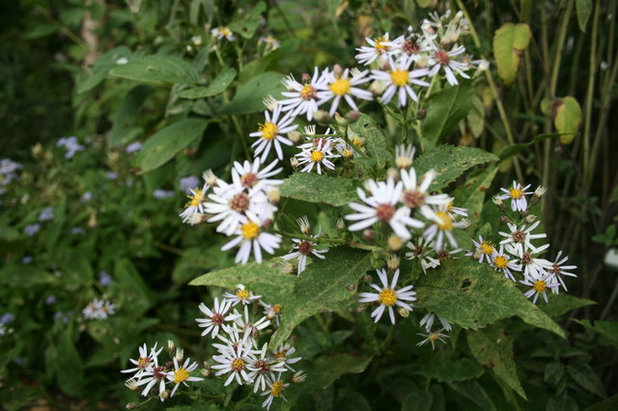
Benjamin Vogt / Monarch Gardens
The first aster for me each year is an early to mid-August bloomer,
big-leaf aster (
Aster macrophyllus, or
Symphyotrichum macrophylla if you've made the switch to the new Latin). It likes partial sun to shade in soils from dry to wet, getting about 12 to 18 inches tall and slowly creeping around. It's native to the
Great Lakes,
New England and
eastern Midwest. The good thing about this perennial is that it keeps its petals a long time; for me it makes a great front-of-the-border splash.
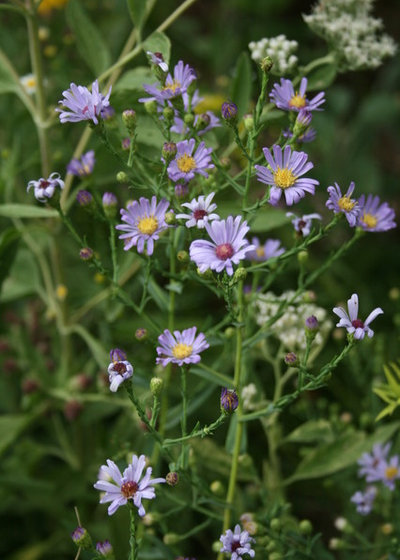
Benjamin Vogt / Monarch Gardens
Next is my new favorite, the late-August to early September
sky blue aster (
Aster azureus). A dry-soil-loving, full-sun bloomer, it gets about 3 feet tall and 1 foot wide. I actually think it's one of the brightest asters out there. It's native to the
eastern Plains and
central Midwest, roughly along the Mississippi and then to two states east and west. Because of its small footprint and wiry stems, I tuck it in wherever I can — come bloom time, I'm always surprised to see those iridescent flowers shining above long-silent summer perennials.
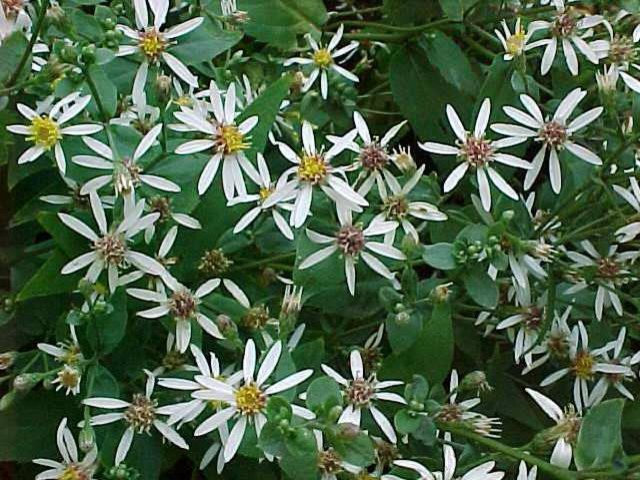
Missouri Botanical Garden
White woodland aster (
Aster divaricatus) is native to the
East Coast and takes dry soil in full shade (the common name is a giveaway). It blooms about the same time as
A. azureus, so it's nice to have both plants — one blooming in sun, one in shade. It reaches about 12 to 18 inches tall and wide, and looks great massed in groups of three.
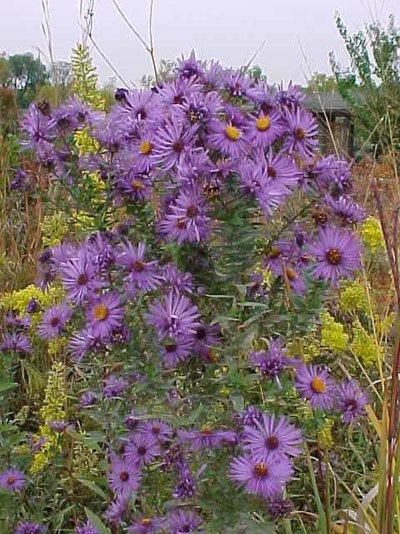
Missouri Botanical Garden
You all know
New England aster (
Symphyotrichum novae-angliae) I'm sure. Native to most of the
central and eastern U.S., it reaches 2 feet wide and 3 to 5 feet tall — shorter if in medium soil; taller if in moist.
It's a late-September to early October bloomer; the more sun it gets, the more flowers a myriad of insects and butterflies can enjoy. Cut it back by 50 percent before July 4 to have a bushier, shorter, bloomier plant.
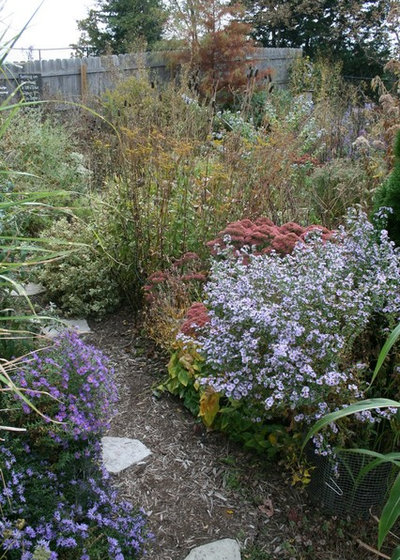
Benjamin Vogt / Monarch Gardens
On the right here is
Aster laevis, called
smooth aster for its smooth leaves. At about 2 feet tall and wide, it's certainly stiff competition with New England aster for the biggest insect draw among asters. Blooming in late September to early October, smooth aster likes a medium soil in full sun, and is one of the easier asters to start from seed. It's also native to
most of the U.S. Plant something else underneath it, since (like New England aster) its legs tend to die out and look ratty.
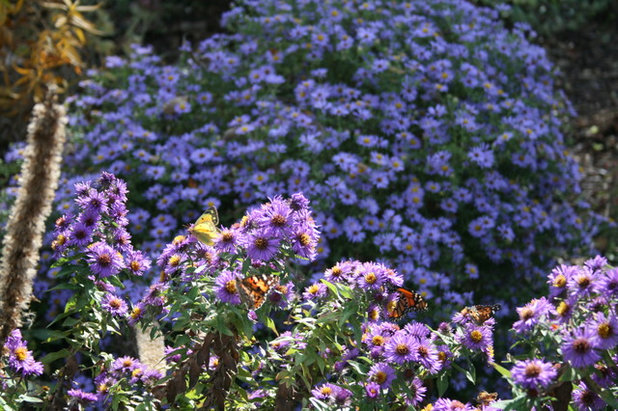
Benjamin Vogt / Monarch Gardens
From early October until the end of the month,
aromatic aster shrugs off frosts and even a few hard freezes. At 2 feet tall and wide, sometimes a bit wider,
Aster oblongifolius is the last nectar pit stop for migrating and overwintering insects like bumblebees, monarchs, red admirals and sulphurs. Dry, hot, nasty soil is its preferred home, being native from the
high Plains to the East Coast. It's probably one of the more adaptable asters, and I use it as a small perennial shrub, especially the cultivar 'October Skies'.
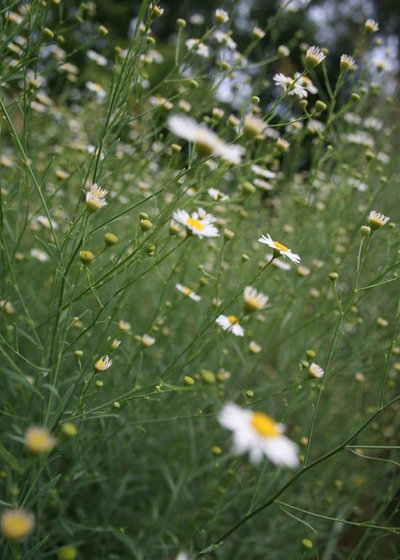
Benjamin Vogt / Monarch Gardens
So there you go: asters blooming from August through October, and if you're lucky into early November depending on your zone.
If you want you can cheat and also plant false aster, or Boltonia, pictured here, which for me flowers in early to mid-September. It's a cloud-like perennial topped with hundreds of white frisbees that gets about 4 feet tall and 3 feet wide in full sun with medium soil.
Please note that all of my bloom times are based on zone 5 here in eastern Nebraska. And also note that I cut myself off with this plant list — there are at least three times as many asters that I could tell you about. I just love asters and the fall garden! (In fact, I'd say about a third of my garden blooms in fall.)
October and even November are the perfect times to get digging, seeing where you could use some fall flowers and giving them a head start for summer growth.
Tell us: What kind of asters do you grow? Are any native species plants? Do you succession garden?
More: What to Do in Your Garden Now





